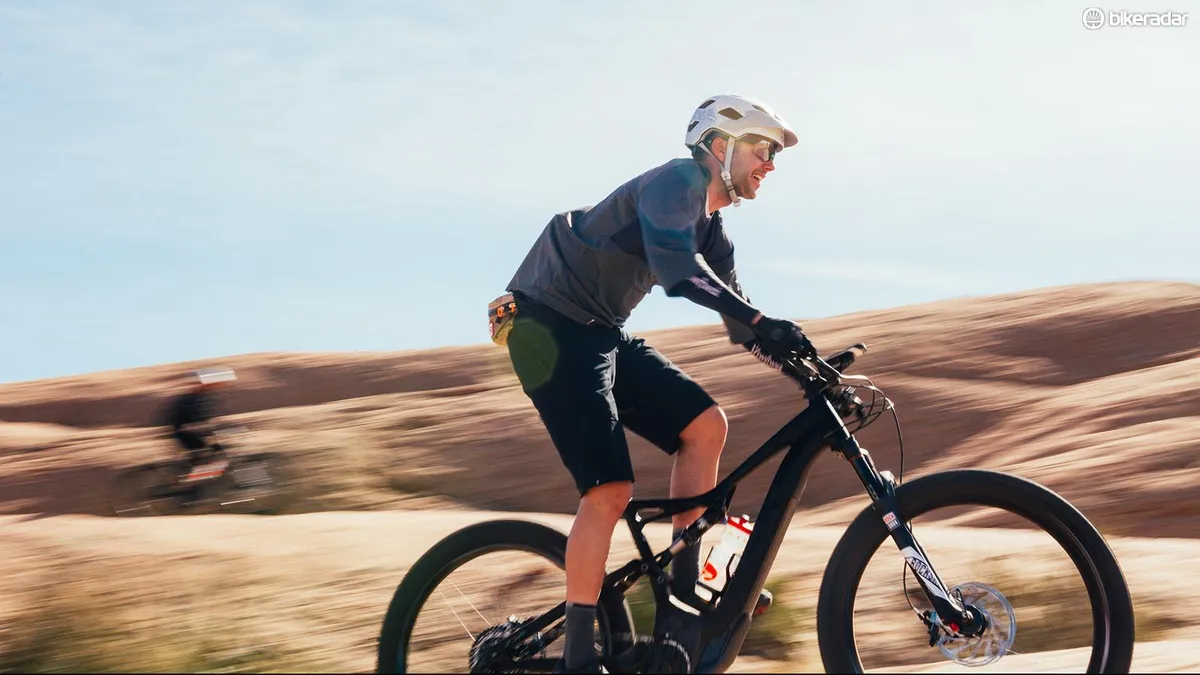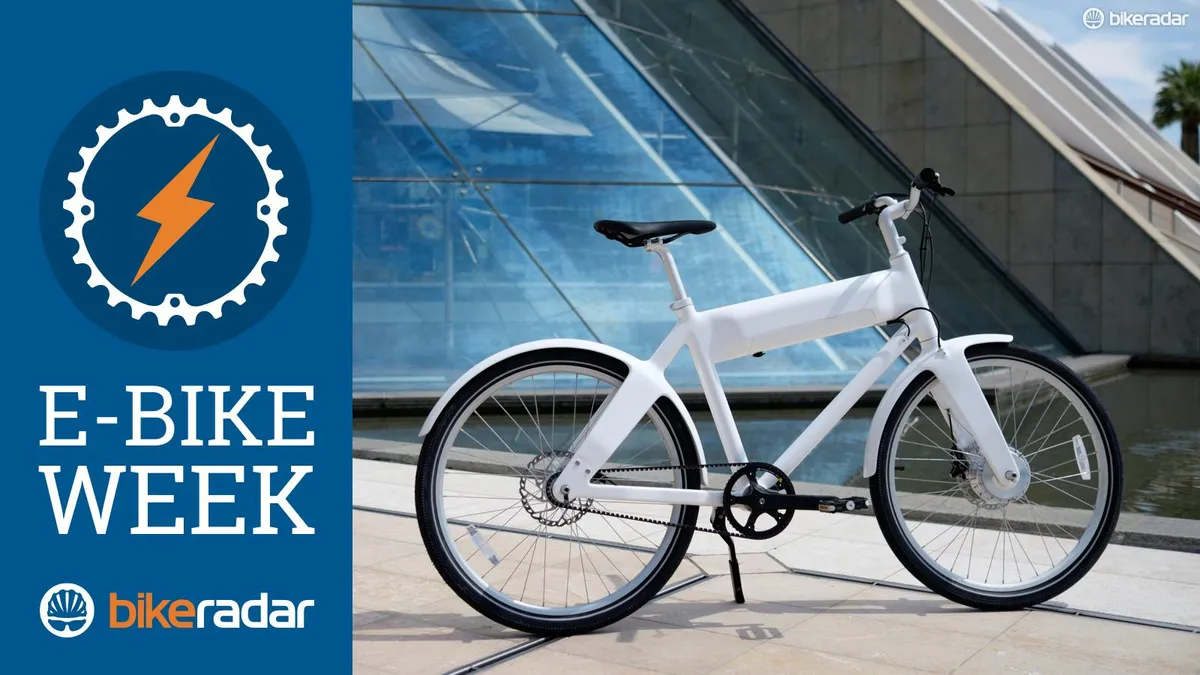"With hindsight, I wouldn’t have started my store six years ago," the owner of a local e-bike shop in the UK recently told me. "But now things are really taking off." He tells me that over the last few months, he’s seen an increased interest from potential customers due to the bikes becoming more affordable, better looking and more practical to own.
In both the US and the UK, we’re also hearing from manufacturers that sales of electric bikes are starting to pick up, and it's the same story in Germany, where e-bikes enjoyed a particularly strong growth of 11.5% in 2015.
In Holland, too, e-bike sales are booming. According to the Dutch industry-association Rai, and reported by Bike Europe, sales grew 24% in 2105 giving e-bikes a massive 28% market share. That growth comes at the expense of city bikes, which saw sales decline, while sales of road and mountain bikes continue to grow.
In Holland and Germany, it seems that e-bikes are fulfilling a particular role, which is to enable people to cycle further on their daily commute than they might otherwise, and to arrive there sweat-free.
A recent survey by Shimano – which make the Shimano STEPS range of e-bike components – revealed that Brits are attracted to e-bikes for the same reasons. Its survey found that 34% of respondents would choose an electric bike over public transport for their daily commute, saying that not turning up at hot and sweaty was a key reason for choosing a bike with electrical assist.
Taking it off-road
What about e-bikes for leisure? A second survey, also carried out by Shimano, found that 37% of Brits would consider buying an e-bike for leisure purposes. Almost one in four respondents (23%) said that getting less tired during an adventurous ride was the biggest advantage, while 22% appreciate being able to maintain a constant speed, even with a strong wind or climbing a hill.
Electric mountain bikes make the impossible possible
As Mark Greshon, Shimano’s senior brand manager at Madison, says: “Difficult terrain can make it extremely challenging for some riders to explore the great outdoors and get to the top of a trail, which can be an intimidating prospect for some people. Crossing generations, electric mountain bikes make the impossible possible as everyone now has the ability to explore new grounds at a more relaxed pace. No longer is there an excuse not to jump on a bike, either for leisure, commuting or exercise purposes.”
That sounds like a good thing, right? On the trails, while there are plenty of reasons we think you should try an e-MTB if only once, they’re a contentious issue, particularly in the US.

As BikeRadar’s Josh Patterson recently wrote in The real problem with electric mountain bikes: “The arguments against allowing e-MTBs on singletrack run the gamut from the somewhat elitist and intangible view that they’re not 'real' or 'pure' mountain bikes to the much more valid (and worrying) claim that, if not managed responsibly, e-MTBs could cost all mountain bikers access to the trails we love to ride. For now, the primary concern should be making sure that anti-mountain bike zealots can’t turn e-MTBs into a reason to run the rest of us off the trails.”
So who’s responsible for ensuring that doesn’t happen – the riders, the retailers, the manufacturers, or all three? We’ll be debating these and other issues as part of BikeRadar’s e-bike week, which kicks off today.
During the week we’ll also be riding the bikes, both on and off-road, and explaining the technology to help you decide whether you want to give an e-bike a go, or perhaps recommend one to a friend or colleague to get them on two wheels. We hope you’ll join the debate here and on social media around what’s a divisive topic in the cycling world - but one that’s here to stay.
